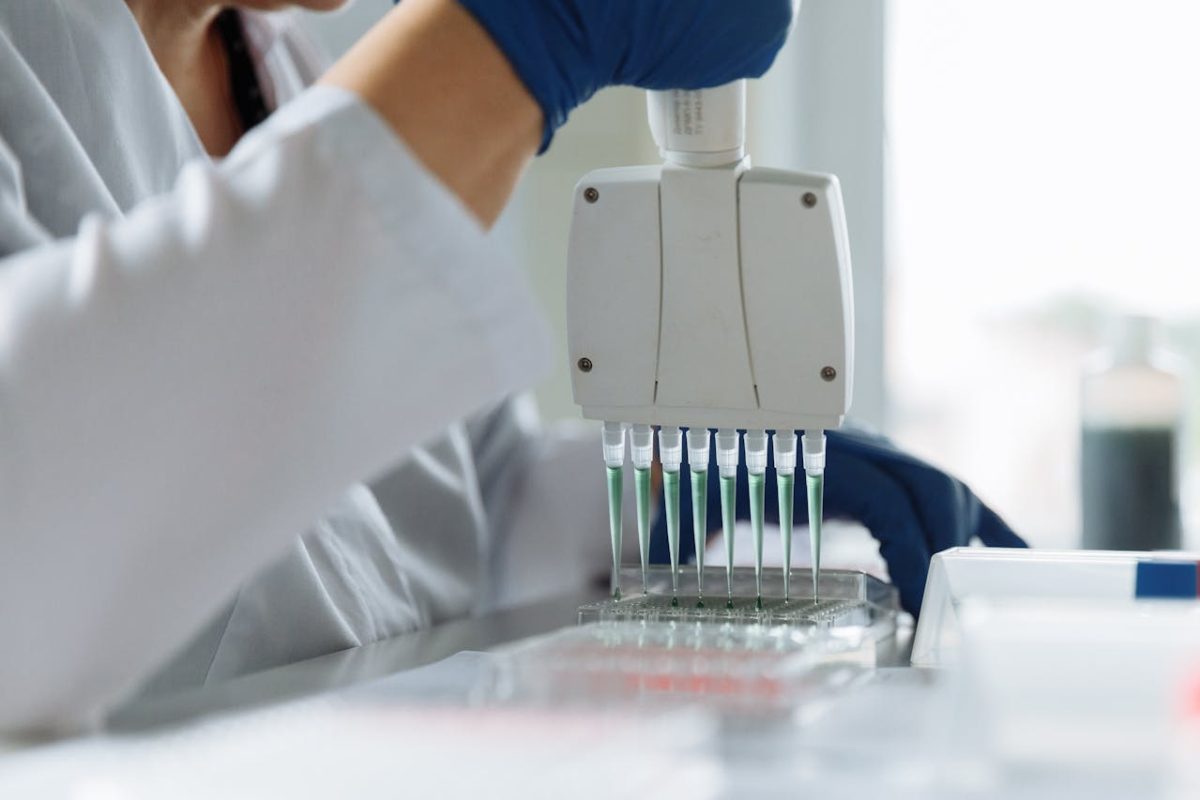Enzyme-Linked Immunosorbent Assays, commonly known as ELISAs, are analytical tools used extensively in various fields of research and medicine. If you’re delving into laboratory sciences, understanding the core principles and applications of ELISAs can significantly enhance your knowledge.
Here are three things to know about ELISAs.
1. How ELISAs Work
At the heart of ELISA’s functionality is the principle of antigen-antibody interaction, where specific antibodies bind to target antigens. This binding forms the basis of the assay, enabling the detection and quantification of the antigen in question. The process typically begins with the immobilization of the antigen or antibody on a solid surface, usually a microplate well. This step ensures that the target molecule is anchored in place, allowing for precise measurement.
Once the antigen or antibody is immobilized, the next step involves adding a sample containing the target molecule. If the target is present, it will bind to the immobilized counterpart. To enhance the detection process, a secondary antibody conjugated with an enzyme is introduced. This enzyme acts as a reporter, capable of catalyzing a colorimetric, fluorescent, or chemiluminescent reaction, which can be measured to determine the presence and quantity of the target antigen. The final step in the ELISA process involves adding a substrate that reacts with the enzyme linked to the secondary antibody, producing a detectable signal. This signal is directly proportional to the amount of antigen present in the sample, allowing for quantitative analysis.
2. Types of ELISAs
ELISAs come in several variations, each designed to suit different experimental needs and objectives. The four primary types include direct, indirect, sandwich, and competitive ELISAs. Each type has unique features and applications, providing flexibility for researchers and clinicians. Direct ELISA involves the direct binding of a labeled antibody to the antigen immobilized on the plate. This straightforward approach minimizes the number of steps, reducing the potential for error. However, it may offer lower sensitivity compared to other ELISA types.
Indirect ELISA adds a layer of complexity by using an unlabeled primary antibody followed by a labeled secondary antibody. This method amplifies the signal, increasing sensitivity and specificity, which is advantageous for detecting low-abundance antigens. Sandwich ELISA is ideal for large or complex antigens. In this type, two antibodies are used: a capture antibody immobilized on the plate and a detection antibody that binds to a different epitope of the target antigen. This technique provides high specificity and sensitivity, making it popular for clinical diagnostics.
Competitive ELISA is employed when the antigen is small or when antibody affinity is low. Here, the target antigen in the sample competes with a labeled antigen for binding to the antibody. The decrease in signal correlates with the concentration of the target antigen, allowing for its quantification. Choosing the right type of ELISA depends on several factors, including the nature of the sample, the required sensitivity, and the available resources. Understanding these variations can help you tailor your assay for optimal results in your specific research or clinical application.
3. Applications of ELISAs in Research and Medicine
ELISA assays serve as essential tools in research and clinical environments, demonstrating remarkable utility through their precision and adaptability. In healthcare, these immunological tests are fundamental for disease identification, surveillance, and therapeutic planning. They are routinely employed to identify markers for conditions including HIV, hepatitis, and various malignancies, enabling early detection and guiding treatment protocols. In scientific research, ELISA assays are essential for examining protein interactions, genetic expression patterns, and immune system responses. They enable scientists to explore intricate biological mechanisms by measuring protein levels and other molecules across diverse sample types.
Conclusion
Understanding the core principles, types, and applications of ELISAs can significantly enhance your research and diagnostic capabilities. These assays offer high sensitivity, specificity, and versatility, making them useful tools in a range of fields.
